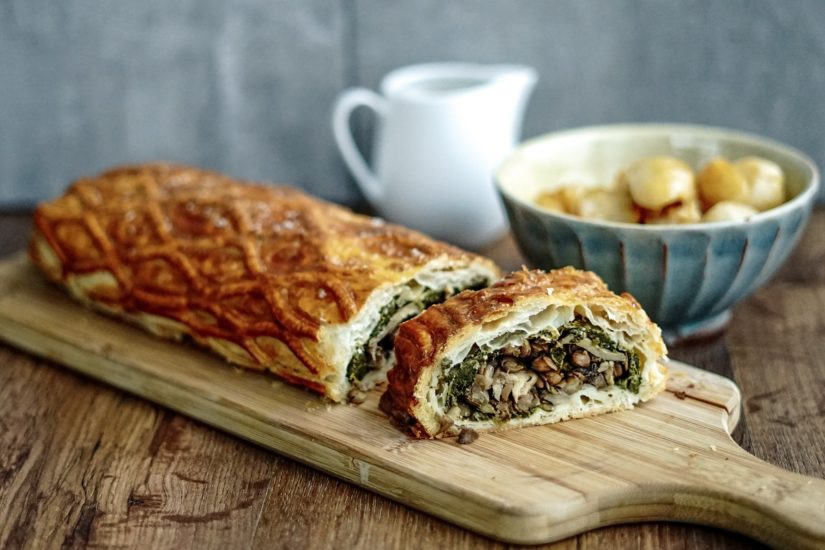
Marion talks tomatoes, just in time for summer!
When I was growing up, summertime always found our kitchen perfumed with the aroma of tomatoes. They grew particularly well in our greenhouse. Each batch of ripening crop would live in bowls on the kitchen window-sill. Sandwiches, salads, soup – it was tomatoes with everything. And plenty were given to family members, friends, neighbours . . .
As we enter another summer, British Tomato Fortnight is in full swing, celebrating delicious British-grown tomatoes. The British Tomato Growers’ Association work hard all year to bring all that tasty produce to the shops. Some of their facts and figures make amazing reading.
Did you know?*
-
If all the British tomato plants were lined up end to end, they would wrap round the equator 8 times.
Tomatoes have an interesting history:
-
The originate from the Andes in South America, where they grow wild in what is now Peru, Bolivia, Chile and Ecuador. They were first cultivated by the Aztecs and Incas as early as AD 700.
- The English word “tomato” comes from the Aztec word, “tomatl”.
-
The first cultivated tomatoes were yellow and cherry-sized, earning them the name golden apples. They were called pommes d’or in French, pomi d’oro in Italian and Goldapfel in German. The Italian for tomatoes today is pomodoro.
They’re the most widely grown vegetable in the world
-
They’re cultivated as far north as Iceland and as far south as the Falkland Islands.
-
The seedlings have even been grown in space! Tomato seeds, that spent six years in a satellite, have been compared with others that stayed at home. No significant differences were found in the growth of plants from the two lots of seed.
They’re very good for us:
-
Tomatoes are a good source of Vitamins A, C and E. They’re rich in natural pigments called carotenoids (both beta-carotene and lycopene), and in flavonoids. Flavonoids are also found in red wine and tea.
-
They contain minerals such as potassium, which has been linked to lowering blood pressure, and calcium, which is vital for healthy bones and teeth.
We have a lot to thank bumblebees for!
-
5 million British native bumblebees pollinate all the tomato crops in the UK. That’s 24 billion wing beats per minute in British tomato greenhouses.
British tomatoes need lots of glasshouses:
- If you put all the industry’s greenhouses together, it makes for a glasshouse area of 200 hectares. That’s twice the area of all the football pitches added together in the British professional leagues!
If that’s put you in the mood for some tasty tomatoes, why not try this delicious summery tart. It’s for eight people, so it’s great for get-togethers. If you prefer, you can easily adjust the quantities and make it smaller for fewer servings.




